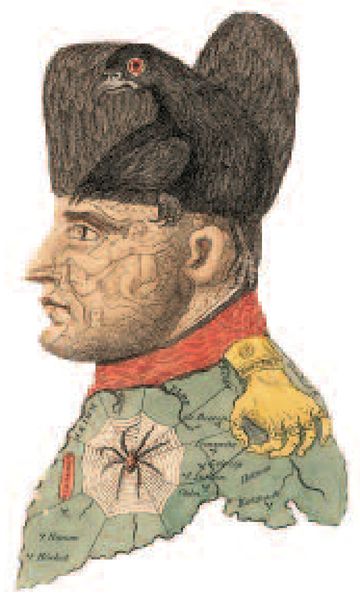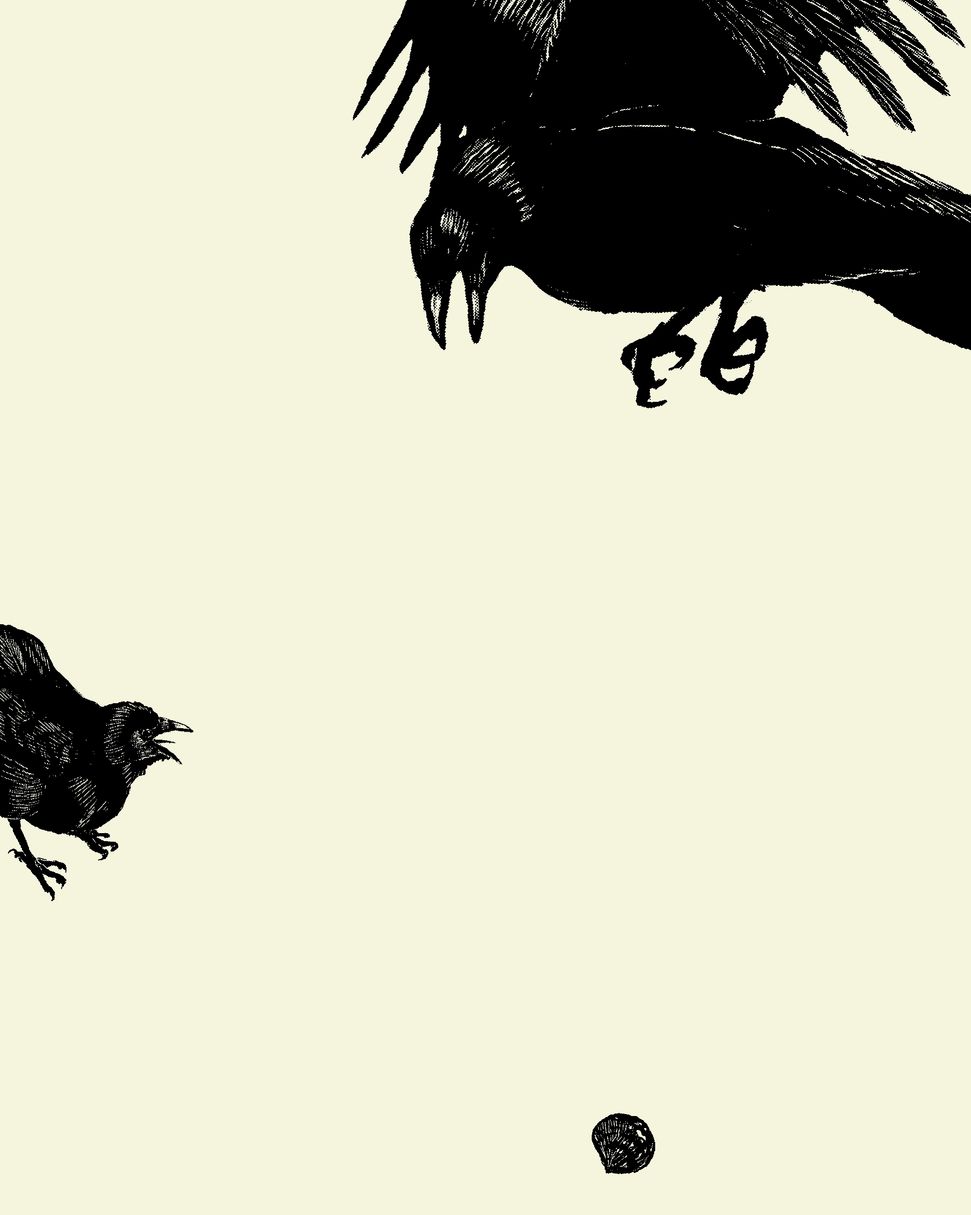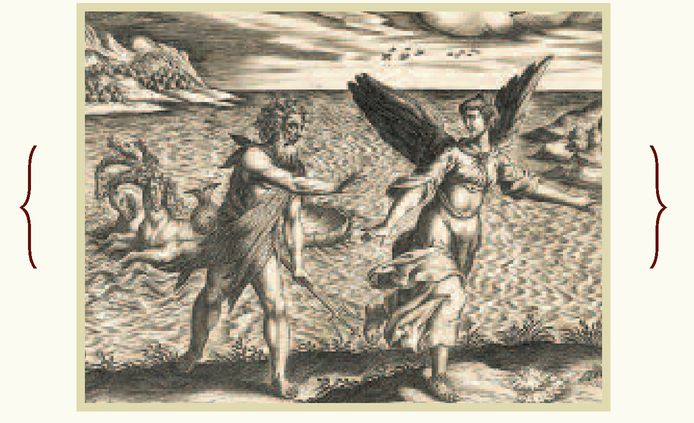Crows (6 page)
Authors: Candace Savage

{ TWO }
Family
DRAMAS
DRAMAS

 A
ANIMALS CAN DO amazing things without so much as a thought. Spiders spin webs that are marvels of geometry and finesse. Wasps build elaborate multichambered nests to shelter larvae that they skillfully feed and tend. Even the lowly squid produces clouds of ink and deploys it tactically when threatened. Yet so far as anyone knows, neither arachnid nor insect nor mollusk ponders deeply before it responds, weighing the options and considering pros and cons. The animal just does what it does, and, in a very literal sense, the rest is history. Although many organisms can modify their responses slightly through personal experience, most inherit their basic menu
of behaviors from their ancestors. What used to be known as “instinct” is now ascribed to the entwined, encoded complexity of genetics. Generally speaking, the ability of animals to fine-tune their responses—to behave appropriately in particular circumstances—is a reflection not of intelligence (no matter how smart the behavior may look) but of the versatility and intricacy of the double helix.
But if genetics alone can equip an animal to deal with life’s challenges, why bother getting smart? Evolution is a ruthless master; innovations that don’t pay off are left behind in the fossil beds, and the evolutionary advantages conferred by intelligence are not always obvious. Compared with a surefire reflex that has been tested for generations, thinking is uncertain and time-consuming. (There is no survival benefit in figuring out what to do after the tiger has pounced on you.) So why did sophisticated intellectual abilities develop? What were the circumstances in which the ability to create a mental model of the world began to pay off in improved survival and increased reproduction?
For the last several decades, scientists have been racking their own brains to find answers to these questions. They have wondered, for instance, if tool use might have motivated the development of mental powers. In the end, however, the theoreticians have concluded that this is putting the cart before the horse and that tool use is likely a result of intelligence rather than its cause. In other words, when animals like crows and humans make
tools, they are probably employing mental capacities that originally evolved in response to some other, even more difficult and basic challenge.
tools, they are probably employing mental capacities that originally evolved in response to some other, even more difficult and basic challenge.
Nothing is more intellectually challenging than living in a social group, surrounded by a bunch of other animals that are sharpening their wits on you. To live long and prosper, a social animal needs a full array of mental defenses, including the capacity to recognize, remember, anticipate, analyze, and think strategically. Accordingly, most scientists now believe that higher intelligence likely arose in intensely sociable species where individuals could gain an evolutionary upper hand through their interactions with one another. If this supposition is correct, it implies that intelligent species are likely to live in complex societies. We know this is true for humans, but could it be so for crows? Smart as they are, they’re only birds, and it hardly seems credible that a jazzed-up reptile could maintain a network of interpersonal relationships or assess shifts in social conditions and adapt to them. But then a crow is not your average featherhead.
➣
In this fantastical portrait of Napoleon I, a golden hand commands his shoulder, a spider spins a web across the map, and a crow emerges from the emperor’s hat.
In this fantastical portrait of Napoleon I, a golden hand commands his shoulder, a spider spins a web across the map, and a crow emerges from the emperor’s hat.


NOTHING
is more INTELLECTUALLY challenging
than living in a SOCIAL group,
SURROUNDED by a bunch of other animals
that are sharpening their
WITS
on you.
is more INTELLECTUALLY challenging
than living in a SOCIAL group,
SURROUNDED by a bunch of other animals
that are sharpening their
WITS
on you.

Biologist Carolee Caffrey is madly in love with corvids. Over the last twenty years, she has studied the social behavior of American crows in California, Oklahoma, and Pennsylvania and has come away from her research with a joyful respect for the bright minds of her subjects. Yet even though it is the birds’ intelligence that makes her work so much fun, she would be the first to admit that their edgy alertness causes complications. To study crow society, you first have to be able to tell the birds apart so that you can chart family relationships and keep track of how individuals interact with one another. But to do so, you have to catch them—ideally every bird on the study site—and fit each one with an identification tag. “The only way to catch crows is to trick them,” Caffrey laments, “and it’s such an ordeal that it prevents most sensible people from studying them.”
Of all the methods she has tried over the years (nooses of monofilament line sewn into Astroturf, which the birds wouldn’t land on; glue traps that wouldn’t hold their feet; walk-in traps that the crows wouldn’t walk into; and so on), the most successful has been a device that shoots a net out over a flock of crows that has been lured to a food bait. Because crows become more wary of the apparatus with every attempted capture, the trick is to attract several birds into range at once, thereby increasing the chance of catching them before they all catch on to the setup. And it can’t be just any old group of crows in the shot; you have to wait for the ones you want, the unmarked birds that have so far avoided getting caught. It is not a job for the faint of heart.
The scene: a park in Stillwater, Oklahoma. The time: the darkness before dawn. An old Ford Explorer pulls up to a stand of trees; the doors open, and a crew of researchers spills out. Working quietly so as not to attract attention, they sweep away a pile of leaves that has sat there for the past two weeks, set up their net launcher in its place, drape the equipment with camouflage material, and throw leaves back over top. Even the wire that runs from the net to the detonator in the car is tucked into the bushes and covered up. To human eyes, everything looks exactly the same as it had the day before, when the unmarked members of a local troop of crows were hopping all over the lawn, greedily feeding on the cooked spaghetti, dry cat food, and other delicacies laid out to entice them.
Morning comes and with it the family of crows. But before the birds can land and feed on their breakfast buffet of pizza and hard-boiled eggs, one young male apparently notices something out of the ordinary. He flies directly over the path of the “hidden” wire and follows it to the car. Flicking his eyes toward the windshield, as if to see who is waiting there, he then sounds a loud alarm. Caw, caw! Danger! The whole family immediately flees from the trap and never returns. “My students and I have spent hundreds of hours planning and preparing trapping attempts, and thousands of hours waiting in cars,” Caffrey ruefully admits,“yet we remain the undeniable runners-up in this battle of wits.” At best, she expects to succeed on one of three attempts.
The odds are considerably better if you can mark birds in the nest, before they are old enough to put up much resistance. But that too calls for a person who can rise to the challenge. Although American crows have been known to nest in shrubs or even on the ground, they generally prefer high-rise accommodations. Nests are typically located in the upper branches of a tall deciduous tree or, more often, a conifer, anchored to stout branches, in close to the trunk, and obscured by dense, dark, prickly cover. According to Kevin McGowan, another of the fearless few who study American crows, the birds seem to appreciate a room with a view. “I’ll go into a backyard here in Ithaca, New York,” the city where he works, “and think it’s just another tree. But when I climb up to the nest, it turns out that, from way up there, the crows can see the lake. It’s amazing how often the nests have a wonderful vista.”

 As wings sprout from her shoulders, Coronis, or Crow, flees from the lecherous Poseidon.
As wings sprout from her shoulders, Coronis, or Crow, flees from the lecherous Poseidon.UNCATCHABLE

A
ccording to a story in Ovid’s
Metamorphoses,
there once was a virgin princess, a girl so beautiful that she attracted the attention of the lecherous sea god, Poseidon. When sweet words failed to seduce her, the hot-blooded Poseidon attempted to take her by force, and the girl called to the heavens for help. Her plea was answered by the virgin Athena, goddess of wisdom and war, who turned the vulnerable princess into a hard-to-catch crow.
ccording to a story in Ovid’s
Metamorphoses,
there once was a virgin princess, a girl so beautiful that she attracted the attention of the lecherous sea god, Poseidon. When sweet words failed to seduce her, the hot-blooded Poseidon attempted to take her by force, and the girl called to the heavens for help. Her plea was answered by the virgin Athena, goddess of wisdom and war, who turned the vulnerable princess into a hard-to-catch crow.
“I was stretching out my arms to the sky,” Crow says, in Ovid’s telling; “those arms began to darken with soft plumage. I tried to lift my cloak from my shoulders but it had turned to feathers with roots deep in my skin. I tried to beat my naked breast with my hands but found that I had neither hands nor naked breast.”
Once airborne, Crow escaped with her virtue intact and entered Athena’s service.

Other books
The Blood Bargain by Reeves, Macaela
The Mating of Michael by Eli Easton
Sufficient Ransom by Sylvia Sarno
What the Lightning Sees: Part One by Louise Bay
The Titanic Murders by Max Allan Collins
The Spider Catcher (Redemption by A.L. Tyler Book 1) by A.L. Tyler
Pegasus and the Origins of Olympus by Kate O'Hearn
The American by Andrew Britton
Suede to Rest by Diane Vallere
